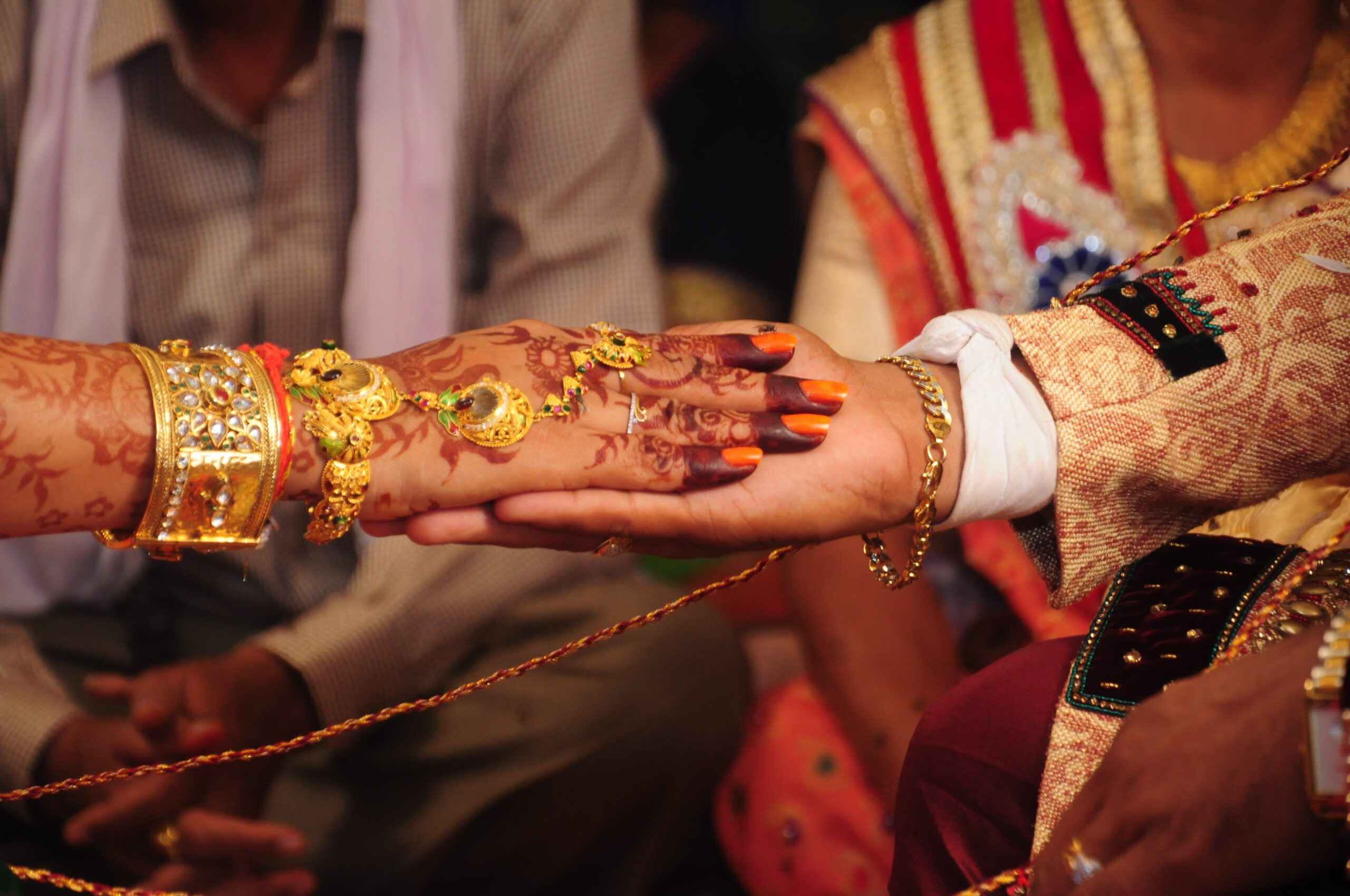There are many castes in Indian society. Everyone is reminded of the hundreds of castes that make up the Hindu community when the name of our Hindu religion is mentioned. Caste was a system devised by the Aryans to easily identify any person in society, according to history. Our forefathers referred to social groups that married among themselves and followed a similar lifestyle as 'castes.' For centuries, many factors such as occupations, customs, and social status have divided the castes. Caste is also referred to by historians as a social custom that is followed by genealogy. Many Hindu castes are constantly striving in various ways to pass on this legacy to future generations in order to preserve their existence, customs, traditions, and identity. The most important of these is the formation of communities where they exist. This is not a novel procedure. Despite the fact that the series has been running for over a century, it was only available to a small group of people at the time. In today's society, however, it is not an exaggeration to say that there is no caste without associations. According to social anthropologists, castes are modern counterparts to traditional societies. They are defined as organisations formed to democratically debate and pressure governments on a variety of issues while maintaining their social class presence and identity. The Telangana government, for example, has recently begun allocating land in Hyderabad's capital for the construction of structures needed by various communities to carry out their activities. In addition, at the request of the Federation of Telangana Kamma Associations, the government has allotted five acres to the Kamma community in Cyberabad's Madhapur area. A single attempt did not yield the same outcome. The Kamma community has formed associations and is always well-organized throughout Telangana, which the government recognises and facilitates. There are dozens of Kamma Sanghs in operation not only in the two Telugu states, but also in Karnataka and Tamil Nadu. They run hostels, schools, nursing homes, training centres, and other facilities that benefit not only their own community but also those in the surrounding area. Everyone, on the other hand, is curious about how these communities came to be, and how they came to be at all. The first Kamma Sangham, known as "Kamma Mahajana Sangham," was established in Kautavaram village, Krishna district, in 1910. The first meeting of the association was held on November 26, 27, and 28, of that year. The blacksmiths were extremely supportive of this effort at the time. The conference was extensively covered by the Madras-based daily "The Indian Patriot." Arya Vaishyas, Niyogi Brahmins, Vedic Brahmins, and blacksmiths formed associations as early as the formation of the Kamma Sangh. That is, the caste system in Telugu states has resulted in the formation of a fifth social group known as Kammavaru Annamata. The meeting in Kautavaram village was attended by celebrities and fans from various parts of the Kamma community from all over the Madras Presidency area. The conference drew a large number of Rayalaseema intellectuals. We know how successful this meeting was because the invitation committee included over a hundred names. Shri Kanuri Damodarayya presided over the meeting, which was chaired by Shri Kantamneni Venkata Rangayya, and featured keynote speeches from Devarakota Zamindars Challapalli Kumara Raja and Ankinedu Prasad Bahadur. Shri Kotta Bavayya Chowdhury explained the importance of education for agricultural development, agricultural reforms, animal husbandry, gramme panchayat restoration, exploring opportunities for setting up new banking institutions, and so on in his book "Kammavari Charitra." The House also decided to prevent the evils of dowry and child marriage, according to Japanese historian Yemada Keiko's research paper. Under the chairmanship of Shri Hanuma Ramaswamy, Director, Andhra Lakshmi Industrial Company, an invitation committee was formed to hold the conference on its premises. The secretary was Bobba Padmanabhayya, the treasurer was Sri Kanuri Padda Venkata Dasayya, and the members were Yerneni Konayya and Kanuri Damodarayya. According to Keiko's research, the move was applauded by both political parties and secular politicians of the time. "The Kamma Mahajana Sabha is putting more effort into regional development than any other community," said Shri Konda Venkatapayya Panth, then a Congress dignitary. The Kamma Mahajana Sangham has organized a total of 13 Kamma Maha Sabhas in various parts of Andhra Pradesh and South India to mobilize the Kamma community. In the next video we will learn how the Kamma Mahajana Sabha did not carry out any activities in the later period, the seed planted by the elders of today became the great tree today and the beginning of the formation of hundreds of Kamma Sanghas in the four states. Search for Kamma Grooms here.




